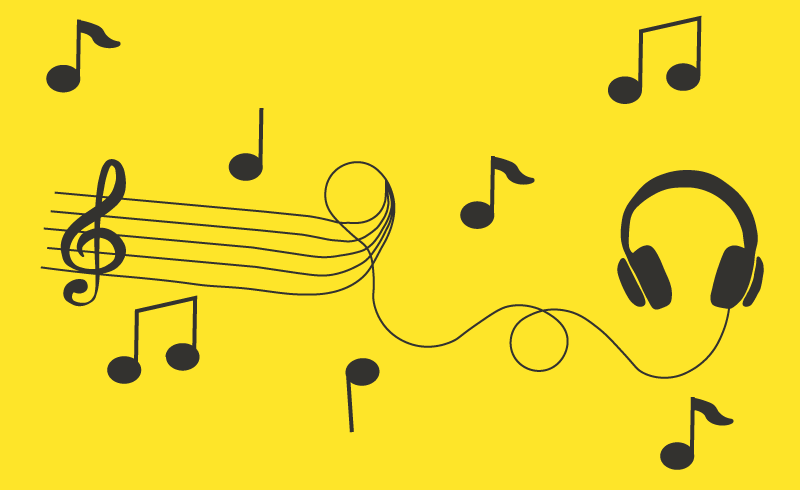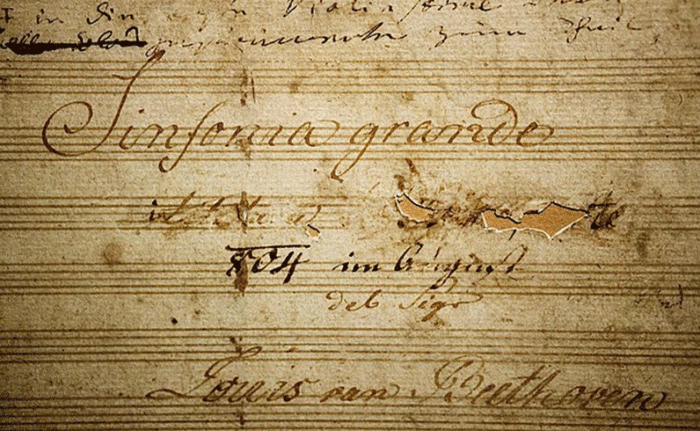Pop music has long been a melting pot of creativity, where artists borrow and reimagine sounds from various genres to craft something fresh and exciting. One of the most intriguing sources of inspiration for pop artists might surprise you: classical music. The fusion of classical melodies and contemporary beats has given rise to a unique musical landscape that bridges the gap between centuries.
Brahms and the Beats: Alan Walker and Sophie Simmons’s “Lovesick”
When electronic music maven Alan Walker and Sophie Simmons joined forces to create “Lovesick,” they brought a touch of classical charm to the world of pop. Sampling is not a new phenomenon in pop music, and “Lovesick” is a perfect example of how an iconic classical piece can be transformed into a contemporary hit. The track cleverly incorporates the energy of Brahms’s Hungarian Dance No. 5. While the verses feature original composition by Walker and Simmons, the chorus is a direct quote of the main theme composed by Brahms.
Pachelbel’s Canon: A Chord Progression That Transcends Time
Pachelbel’s Canon in D boasts an infamous chord progression that has inspired countless compositions; even pop songs are not exempt from its spell. Maroon 5’s “Memories,” released in 2021, uses the same chord progression, breathing new life into the classical structure.
Symphonic Fusion: Celine Dion’s “It’s All Coming Back to Me Now”
Talk about iconic openings! Classical music aficionados and Celine Dion fans alike might be surprised to discover the hidden classical gem within the iconic pop ballad “It’s All Coming Back to Me Now.” The opening strains of Mahler’s Symphony No. 2, Resurrection, make a subtle appearance between the piano phrases of Dion’s song. It’s a quiet but impactful fusion of two distinct musical worlds.
Romance, Meet Big Band: “The Story of a Starry Night”
The grandeur of Tchaikovsky’s sweeping melodies finds an unexpected home in the world of big band. The 1940s witnessed the emergence of unforgettable love ballads, and “The Story of a Starry Night” is just one example. This timeless track, recorded by numerous artists over the years, features the second theme from the first movement of Tchaikovsky’s Symphony No. 6, Pathétique, as its melody.
Chopin and Perry Como Forever
Chopin’s melodies have a way of captivating hearts, and Perry Como’s “Till the End of Time” demonstrates the enduring allure of classical inspiration. This song takes the main theme from Chopin’s Polonaise in A flat major, Op. 53, and transforms it into a slower, more contemplative arrangement. The result is a piece that retains the essence of Chopin’s elegance, while creating distinct emotions that resonates with listeners in a unique way.
Did you like this pianist (Seong-Jin Cho)? You can see him perform Ravel's Piano Concerto for the Left Hand on
Oct. 7 & 8!
The Bs: Beethoven and Billy Joel
Billy Joel once admitted, “I have not forgiven myself for not being Beethoven.” In an act of musical homage, Billy Joel incorporated Beethoven's Piano Sonata No. 8, Pathétique, into his song “This Night.” The slightly swung version of the opening melody from movement two in the sonata takes center stage in the chorus, seamlessly blending classical sophistication with pop sensibility. This homage serves as a reminder that musical inspiration has no boundaries and that even the greatest musicians can find inspiration across genres and eras.
The Not So Originial, Original: “Annie’s Song”
Classical music often surprises us by showing up in unexpected places, and John Denver’s “Annie’s Song” is a prime example. Written after ski run, the melody of Denver’s song was unknowingly drawn from Tchaikovsky’s Symphony No. 5. The horn solo from the second movement of this symphony forms the basis of “Annie’s Song,” although it wasn’t until after the song was released that Denver was told by a friend that his “original” melody was not so original after all.
You can hear this solo live on February 8, 10 & 11, 2024.
Beethoven and Nas: Yes, I Can Elise
Not many composers can claim their piece was a smash hit two times almost 135 years apart, but Beethoven can. While the worlds of classical music and hip-hop may not seem likely collaborators (although it is becoming more and more popular these days), Nas sampled the beginning of Beethoven’s Für Elise in his song “I Can.”



